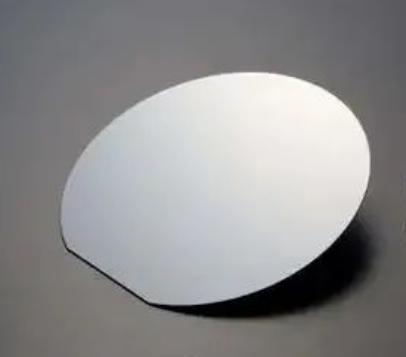
- English
- Español
- Português
- русский
- Français
- 日本語
- Deutsch
- tiếng Việt
- Italiano
- Nederlands
- ภาษาไทย
- Polski
- 한국어
- Svenska
- magyar
- Malay
- বাংলা ভাষার
- Dansk
- Suomi
- हिन्दी
- Pilipino
- Türkçe
- Gaeilge
- العربية
- Indonesia
- Norsk
- تمل
- český
- ελληνικά
- український
- Javanese
- فارسی
- தமிழ்
- తెలుగు
- नेपाली
- Burmese
- български
- ລາວ
- Latine
- Қазақша
- Euskal
- Azərbaycan
- Slovenský jazyk
- Македонски
- Lietuvos
- Eesti Keel
- Română
- Slovenski
- मराठी
- Srpski језик
Difficulties in GaN preparation
2024-05-31
As a third-generation semiconductor material, Gallium Nitride is often compared with Silicon Carbide. Gallium Nitride still demonstrates its superiority with its large bandgap, high breakdown voltage, high thermal conductivity, high saturated electron drift velocity and strong radiation resistance. But it is undeniable that, like Silicon Carbide, Gallium Nitride also has various technical difficulties.
Substrate material problem
The degree of matching between the substrate and the film lattice affects the quality of GaN film. At present, the most commonly used substrate is sapphire (Al2O3). This type of material is widely used because of its simple preparation, low price, good thermal stability, and can be used to grow large-sized films. However, due to its large difference in lattice constant and linear expansion coefficient from Gallium Nitride, the prepared Gallium Nitride film may have defects such as cracks. On the other hand, since the substrate single crystal has not been solved, the heteroepitaxial defect density is quite high, and the polarity of Gallium Nitride is too large, it is difficult to obtain a good metal-semiconductor ohmic contact through high doping, so the process manufacturing is more complicated.
Gallium Nitride film preparation problems
The main traditional methods for preparing GaN thin films are MOCVD (metal organic vapor deposition), MBE (molecular beam epitaxy) and HVPE (hydride vapor phase epitaxy). Among them, the MOCVD method has a large output and a short growth cycle, which is suitable for mass production, but annealing is required after growth, and the resulting film may have cracks, which will affect the quality of the product; the MBE method can only be used to prepare a small amount of GaN film at a time and cannot be used for large-scale production; the GaN crystals generated by the HVPE method are of better quality and grow faster at higher temperatures, but the high-temperature reaction has relatively high requirements for production equipment, production costs and technology.





